Need Help Reviving Ficus
Sean Moser
6 years ago
Featured Answer
Sort by:Oldest
Comments (30)
Sean Moser
6 years agoDave
6 years agoRelated Discussions
I need help to revive
Comments (7)This thing might die if you leave it as it is so don't feel hesitant to do some work with it. If the pot is in that bad of condition you will really improve your chances of bringing this plant back by removing as much of the old soil off of the roots and cutting off any and all of the roots that are soft, mushy, smell bad or in any other way damaged. If you are going too use plain old store bought potting soil should should mix it at least half and half with an orchid potting mix so you'll end up with a very fast draining soil and will hold moisture and still allow air to reach the roots. You can increase the orchid mix up to 3/4's of the mix if you want. Firm the soil into the roots but don't tightly pack it down. When watering, give enough water so that it drains out of the bottom of the pot. The soil will save enough of it for the plant but draining will also wash out any of the mineral salts that will build up over time. Stick your finger into the soil and feel if it's damp a few days after watering. Water again when it feels dry an inch or two under the surface. Syngonium cuttings can be started in water but don't use the rooting hormone if your do that. It is for starting cuttings in a rooting mix or soil. There are guidelines for using RootBoost in the link below. Here is a link that might be useful: rootboost-rooting-hormone/overview...See MoreCallisia? Need help reviving.
Comments (8)Thanks for the help Tiffany, this was a picture I took of the plant before leaving it in someone else's care. Like I said, I really thought it was a beautiful plant. I had always spread it and re rooted it by breaking off clippings or vines at the knuckle, and then rooting them in a jar of water in the sun. That's what I did with the last little bit I found this time too. Now it's in a pot, on my porch, in partial sunlight, I'm watering it like I do my Wandering Jews, watering only when soil is dry when I insert my finger, and then watering until it begins to drip from the bottom, letting it finish dripping, then putting saucer back on, so that there's no standing water. It's currently hanging, covered by a balcony, so I shouldn't have to worry about getting flooded by rains. Should I be feeding this plant at all, do you know?...See MoreI need help reviving a corn plant
Comments (8)Sorry to disagree Menthe, but look again at their posting: "now there is no sign of green. The stalks are now soft and wrinkled. When I lift the trunks up it seems to wiggle a lot." No green, soft & wrinkled stems are dead; & finally trunks that lift up indicate root rot (they've lost their anchor). Sorry to see folks try to bring back something that is gone, tho' it's their time to spend (or waste). Normally I think it's no problem & sometimes worth trying, but I hate to see folks wasting effort on things are are gone, gone, gone....See MoreFicus - how to revive
Comments (4)Hi subtropix, thanks for your reply.. We bought him in a supermarket where I remember he was stickered as a ficus, bit I'll take your expert word for it that he is in fact a Pachira aquatica :) So no need to cut any of his branches?...See MoreSean Moser
6 years agotapla (mid-Michigan, USDA z5b-6a)
6 years agoDave
6 years agoSean Moser
6 years agolitterbuggy (z7b, Utah)
6 years agorobin98
6 years agolitterbuggy (z7b, Utah)
6 years agoSean Moser
6 years agoEkor Tupai
6 years agoDave
6 years agolast modified: 6 years agoEkor Tupai
6 years agoDave
6 years agoEkor Tupai
6 years agolitterbuggy (z7b, Utah)
6 years agolitterbuggy (z7b, Utah)
6 years agoDave
6 years agolast modified: 6 years agoSean Moser
6 years agoDave
6 years agolast modified: 6 years agoSean Moser
6 years agoDave
6 years agoSean Moser
6 years agorobin98
6 years agoSean Moser
6 years agoEkor Tupai
6 years agolitterbuggy (z7b, Utah)
6 years agoDave
6 years agoEkor Tupai
6 years ago
Related Stories

TRADITIONAL HOMESHouzz Tour: Reviving a Half-Finished Farmhouse in New England
This 1790s foreclosure home was flooded and caved in, but the new homeowners stepped right up to the renovation
Full Story
ARCHITECTURERoots of Style: Complex, Romantic Gothic Revival
With its medieval heritage, Gothic design makes a lasting impression in art and architecture
Full Story
HOUZZ TOURSHouzz Tour: A Spanish Revival Yields a Functional Family Home
In San Francisco, a once-dowdy grande dame gets a makeover to become a family gathering spot
Full Story
MODERN ARCHITECTURERevive the Spirit of Midcentury Modern Design in a New Home
You can weave details from the era into a home built today
Full Story
TRADITIONAL ARCHITECTURELook Out for a Widow's Walk Revival
Gazing out at the ocean has happier associations these days, but your eyes may be glued to this rooftop deck's high style
Full Story
HOUZZ TOURSMy Houzz: Reviving a 1902 Row House in Toronto
Bold artwork, a neutral palette and soft furnishings make for a home that's inspiring and relaxing all at once
Full Story
TRADITIONAL ARCHITECTURERoots of Style: Pueblo Revival Architecture Welcomes Modern Life
Centuries-old details of adobe construction still appeal in the desert Southwest, adapted to today's tastes
Full Story
FUN HOUZZDecorated Houses Help Save a Detroit Neighborhood
Art's a start for an inner-city community working to stave off urban blight and kindle a renaissance
Full Story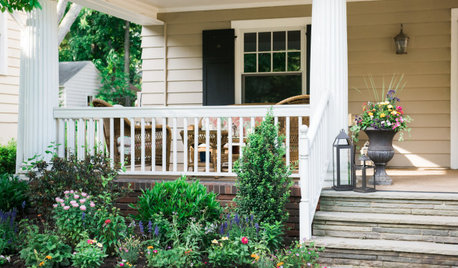
SUMMER GARDENINGHow to Help Your Garden Survive a Heat Wave
Find out how to keep your plants thriving in summer’s heat and how to tell if sunburned ones can be saved
Full Story
VACATION HOMESHouzz Tour: Reviving a Farmhouse in California’s Wine Country
A rickety 1800s home gets a more contemporary look and layout, becoming an ideal weekend retreat
Full StorySponsored
Zanesville's Most Skilled & Knowledgeable Home Improvement Specialists




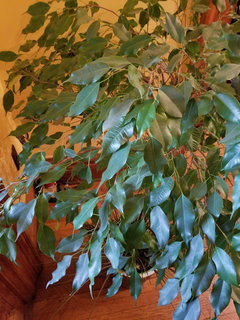


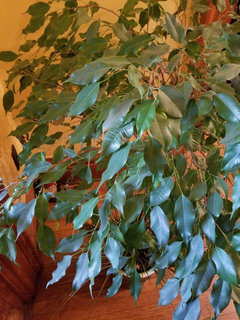

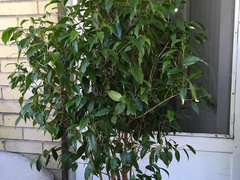
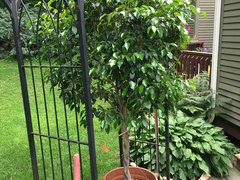
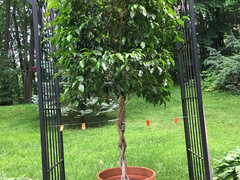






Dave